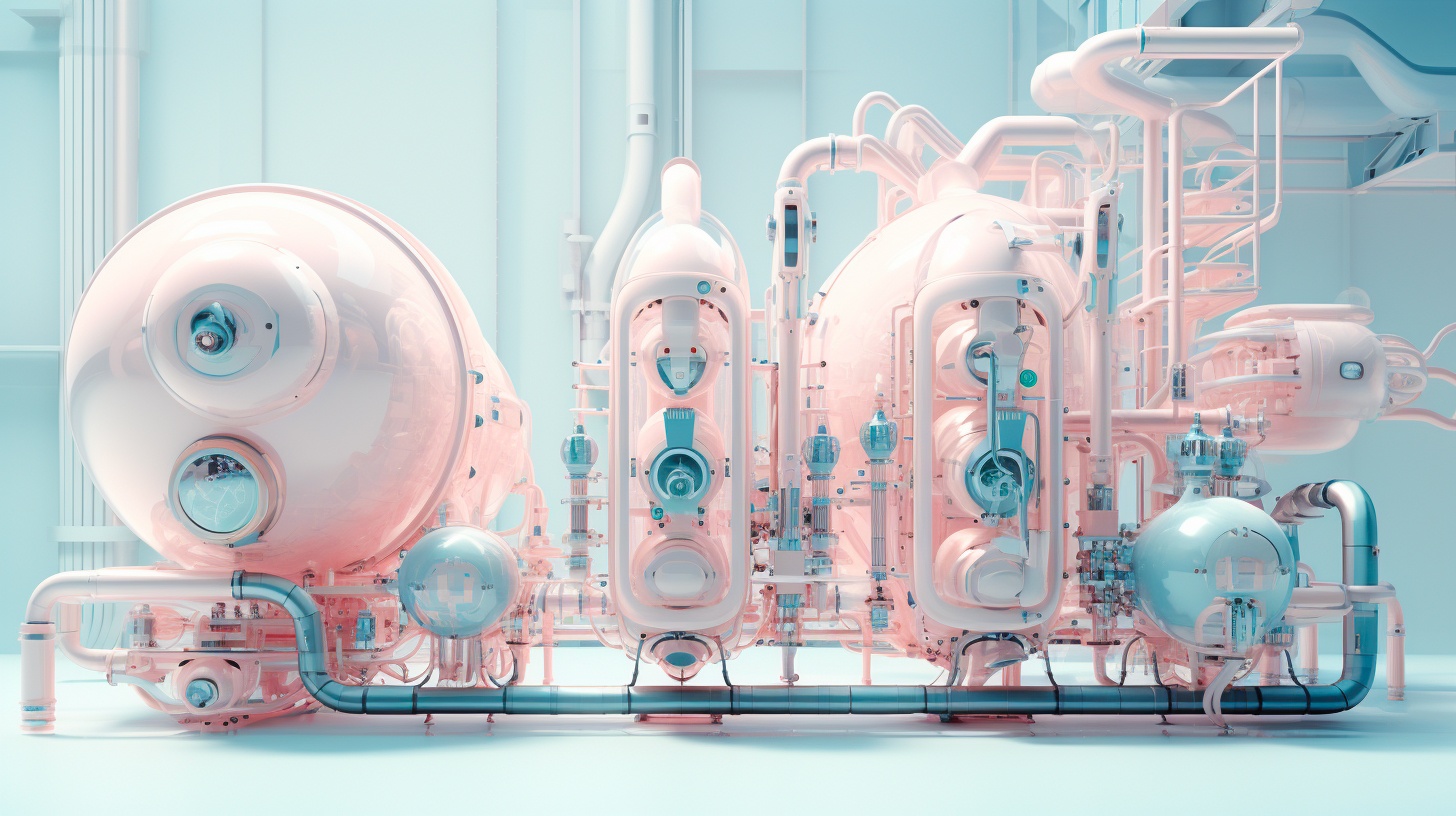AI-Powered Life Cycle Models: The Future of Prediction
Life cycle AI models, derived from survival models, have the potential to revolutionize predictive analysis across various industries. Survival models were originally developed for medical studies, with the aim of understanding the factors affecting human survival within a specified observation window. Today, the application of these models has expanded beyond medicine, and they have become invaluable tools in predicting events and evaluating risks in diverse fields.

Applications of life cycle AI models
We worked with Kalmar, a company that offers a wide range of cargo handling solutions and services to ports, terminals, distribution centres and to heavy industry. With us, they have taken the next steps towards utilising AI-based life cycle models. With this technology, they can identify potential issues before they occur, by understanding which parts of a machine are at risk of breaking. Let's take a brief look at life cycle models.
Survival data in different sectors
Survival models and life cycle models can be used together in a variety of industries to gain a better understanding of how entities or phenomena evolve over time, including in healthcare and the industrial sector.
In healthcare, survival models compare patient groups to investigate the factors affecting the occurrence or recurrence of events, such as bone fractures or heart attacks. By analyzing these factors, medical professionals can identify the characteristics that increase the risk of specific events and develop targeted interventions.
In the industrial sector, survival models can be used to study the time-to-failure of machines or components, which can help companies develop maintenance schedules and make decisions about when to replace equipment. By analyzing survival data, companies can develop life cycle models of their products.
From healthcare to industrial maintenance
Life cycle AI models can be applied to the maintenance of spare parts and equipment. By examining IoT data collected from devices and equipment, these models help predict when a part is likely to break or when equipment needs servicing. Predictive analysis can lead to more efficient maintenance schedules and reduced downtime. Life cycle information can be used to make decisions about when to introduce new products, how to allocate resources for research and development, and how to optimize production processes to extend the product's life cycle.
Augmenting data with additional sources
Life cycle models can also be used to analyze the impact of weather and other environmental factors on the lifespan of spare parts and equipment. By incorporating diverse data sources, these models help organizations make more informed decisions to optimize the life cycle of their assets.
Implementing life cycle AI models
To effectively implement life cycle AI models, organizations need a robust data platform that can handle multiple data sources. Data can be collected from IoT devices, records describing spare parts and equipment, customer records, and more. By integrating and analyzing these diverse data sources, life cycle AI models can provide accurate predictions and valuable insights.
Survival model families
There are various survival model families available, each with its unique strengths and applications. Some popular models include:
- Cox Proportional Hazards (CPH): This model is used to study the effect of variables on survival time and calculate their contribution to the total risk and statistical significance.
- Weibull: The Weibull model is suitable for analyzing time-to-event data and can be applied in various fields, including reliability engineering and failure analysis.
- Survival Random Forest: This model leverages machine learning techniques to predict survival probabilities and can handle high-dimensional and complex datasets.
The Kaplan-Meier curve is often used to estimate the survival function, which describes the probability of an event at each point in time. This curve visually represents the number of events, allowing for a clear understanding of the analyzed data.
Life cycle AI models have the potential to transform predictive analysis in various industries. In both healthcare and the industrial sector, the combination of survival models and life cycle models can provide valuable insights into how entities or phenomena evolve over time, which can inform decision-making and improve outcomes.
By leveraging the power of AI and diverse data sources, organizations can better understand the factors affecting the life cycle of their assets, optimize maintenance schedules, and make data-driven decisions to improve overall efficiency.
Ready to transform your data dreams into reality? There’s no better time than now. Let’s reimagine the future together.







